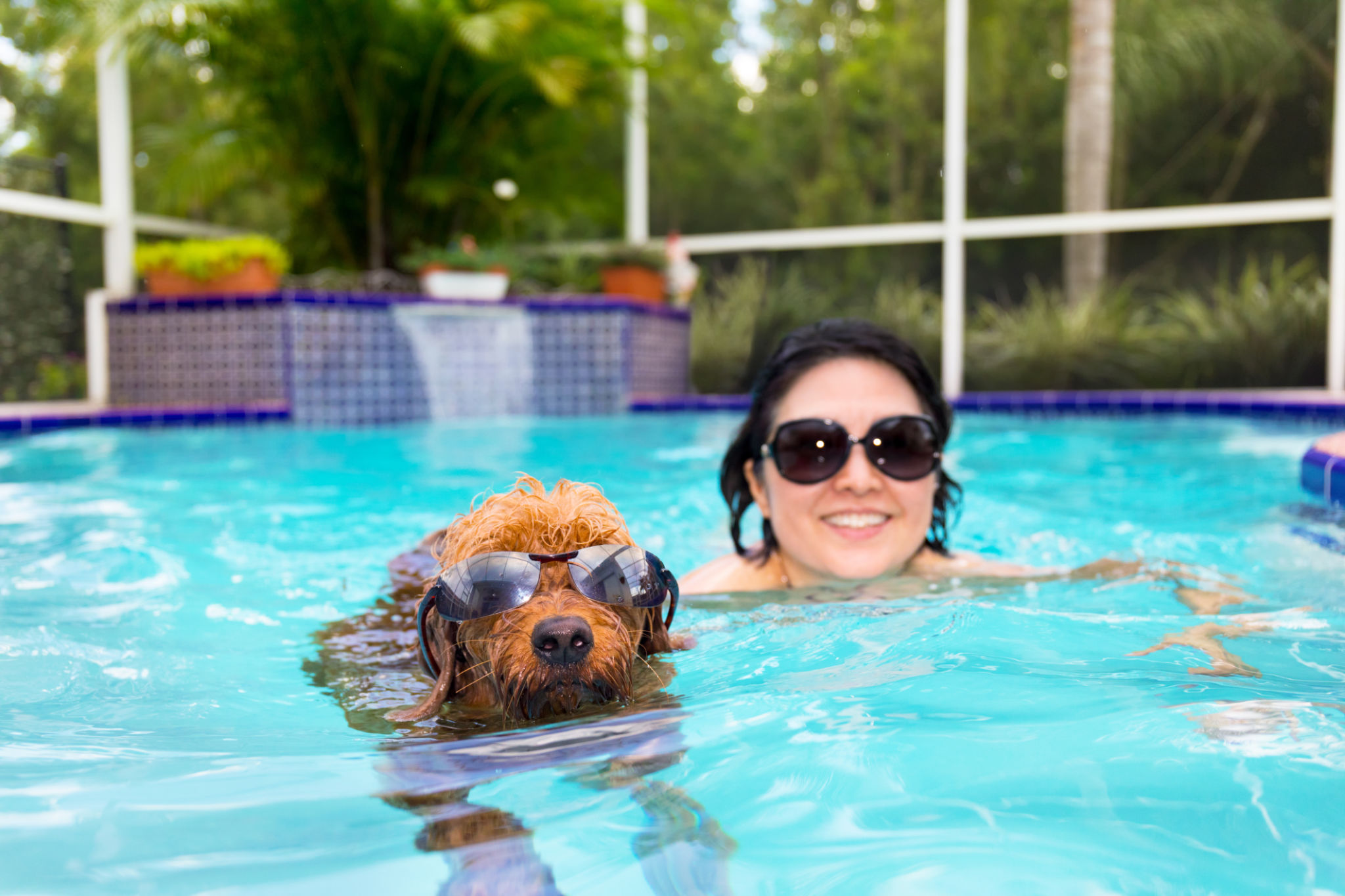Essential Safety Tips for Swimming with Your Pets
JR
Understanding Your Pet's Comfort Level
Before diving into aquatic fun, it's crucial to assess your pet's comfort level with water. Not all pets are expert swimmers, and some may feel anxious around water. Start by introducing your pet to shallow water, allowing them to explore at their own pace. Look for signs of distress such as excessive barking, whining, or attempts to escape.
Gradually increase their exposure and monitor their reactions closely. Ensuring your pet feels safe and confident is the first step towards a successful swimming experience.

Invest in Proper Safety Gear
Just like humans, pets can benefit from safety gear while swimming. Consider investing in a well-fitted life jacket for your pet, especially if they are new to swimming or are not strong swimmers. These jackets provide buoyancy and can prevent fatigue in the water.
Ensure the life jacket is the right size for your pet and has features such as a handle on top for easy retrieval from the water. Regularly check the fit and condition of the jacket to maintain optimal safety.

Choose Safe Swimming Locations
The choice of swimming location is critical for your pet's safety. Opt for calm, shallow waters that are free from strong currents and hazards such as sharp rocks or debris. If you're at a beach, be wary of tides and waves that could overwhelm your pet.
Additionally, always check for any local rules or restrictions regarding pets in swimming areas. Avoid areas with harmful algae blooms or polluted waters that could pose health risks.

Supervision is Key
Never leave your pet unsupervised while swimming. Just as with children, accidents can happen quickly and without warning. Stay within arm's reach and keep an eye on your pet's behavior, watching for signs of exhaustion or distress. In the case of a swimming pool, make sure your pet knows how to exit the pool area on his or her own. This will help them build confidence and not feel trapped in a body of water.
If your pet seems tired or is struggling to stay afloat, help them out of the water immediately. Regular breaks on dry land can help your pet recover and prevent overexertion.
Maintain Hydration and Sun Protection
Swimming can be physically demanding, and it's essential to keep your pet hydrated. Offer fresh drinking water regularly to prevent dehydration. Pets can overheat quickly in the sun, so provide shade and consider applying pet-safe sunscreen to exposed areas like the nose and ears.
Watch for signs of heatstroke, such as excessive panting, drooling, or lethargy, and act promptly if you suspect your pet is overheating.

Rinse Off After Swimming
After a fun day of swimming, rinse your pet with fresh water to remove any chlorine, salt, or harmful bacteria from their fur and skin. This practice helps prevent skin irritation and ingestion of harmful substances during grooming.
Dry your pet thoroughly to avoid issues like hot spots or ear infections. Pay special attention to their ears, as excess moisture can lead to infections.

Training and Recall Commands
Before taking your pet swimming, ensure they respond well to basic commands such as "come" and "stay." Effective recall commands can prevent accidents if your pet ventures too far or encounters potential hazards.
Consistent training in various environments helps reinforce these commands, ensuring a safe and enjoyable experience for both you and your pet.
Consider Your Pet's Health
Consult with your veterinarian before introducing your pet to swimming, especially if they have underlying health issues or are senior pets. Certain conditions may limit their ability to swim safely.
Your vet can provide guidance tailored to your pet's specific needs, ensuring they remain healthy and happy during their aquatic adventures.
